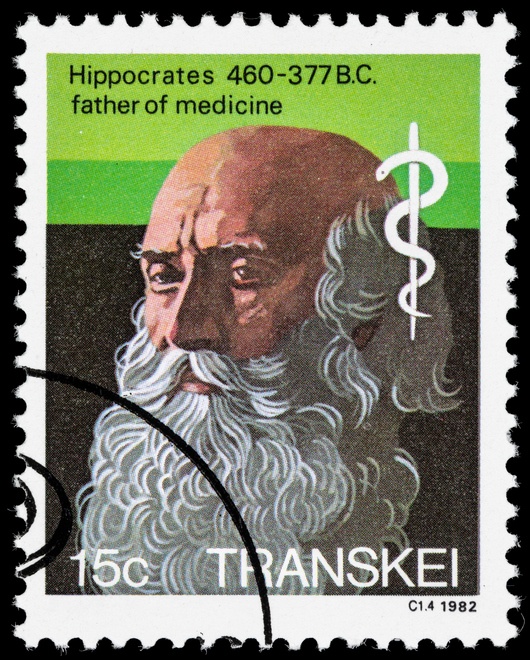We don't have a Hippocratic oath (i.e. do no harm) in the legal field, but when it comes to using litigation graphics at trial, maybe we should. You see there are some times when using litigation graphics does real damage to your overall persuasiveness. It is incorrect to assume that when using visual aids such as demonstrative evidence, scale models, trial boards, computer animation, or the ever-present PowerPoint presentation you are always doing good and helping your audience. Here are seven times when you would be better off changing your approach or not using litigation graphics at all:
- You are reading from your slides: If you populate your trial presentation with bullet point filled slides and you read them, you are reducing the amount of information your audience will remember and understand. This is due to the redundancy effect or split-attention effect. See Should You Read Documents Out Loud at Trial?
- You are going to get caught cheating: Creating a chart that is persuasive is great. Creating one that is misleading can cost you your credibility. As one of our customers rightly says in the video below, "Finding ways to illustrate ideas but also to visually display the evidence in a way that's understandable to the jury is critical in order to earn their trust -- which is the most important asset you have." See 5 Demonstrative Evidence Tricks and Cheats to Watch Out For.
- You are not using storytelling in combination with your litigation graphics: All too often trial counsel moves chronologically through a case without considering whether there was a better approach to storytelling. I think timelines can lock us into this approach. Sometimes chronological is best but sometimes using more sophisticated storytelling techniques to persuade work best. In any case, if you fail to tell a story, a jury will make one up to fill the void. Therefore, be sure to combine your visuals with storytelling to win your case. See Storytelling at Trial - Will Your Story Be Used? and Don't Be Just Another Timeline Trial Lawyer and 12 Ways to SUCCESSFULLY Combine Oral and Visual Presentations
- Too small, Too dark, No contrast, Too light etc: Except in the rarest of circumstances, you want your litigation graphics to be legible. That generally means making sure you have the right projector, making sure you keep your font size 30 points or larger, and making sure you use colors that are courtroom friendly. This is often an afterthought for many trial teams. See The 12 Worst PowerPoint Mistakes Litigators Make.
- You set yourself up for attack: One of my favorite courtroom techniques is to use the opponent's demonstrative evidence against them. If it is a trial board, you draw on it. If it is electronic, you copy it and mark over it on screen. Either way, you can truly use your opponent's energy against them. Unfortunately, if you don't plan ahead, the same thing can happen to you. One way to avoid some of the effects of this tactic is to control your evidence. Do not leave trial boards up in the courtroom. Do not exchange your actual PowerPoint file. Instead, exchange a printed version of it. You can't avoid the attack entirely, but you can reduce the impact.
- You fail the 403 test: Rule 403 tells us that demonstrative evidence must be more probative than prejudicial. If you are looking to inflame the jury with imagery, using your demonstrative evidence to do that is often a bad idea. It may draw an objection and in some cases, lead to a mistrial. See 21 Reasons a Litigator Is Your Best Litigation Graphics Consultant.
- You don't know about the "B" key: Great trial lawyers emphasize connecting with their judge and jury in every way. They pay attention to their hair, their clothes, their language, their accent, their cultural references, and the litigation graphics that they use and when they use them. One mistake many lawyers make is leaving an exhibit on screen that has nothing to do with what they are speaking about during opening. Instead, press the "B" key and the screen will go black. Eye contact will be restored and a connection can be made. Press it again to bring back your presentation.






Leave a Comment